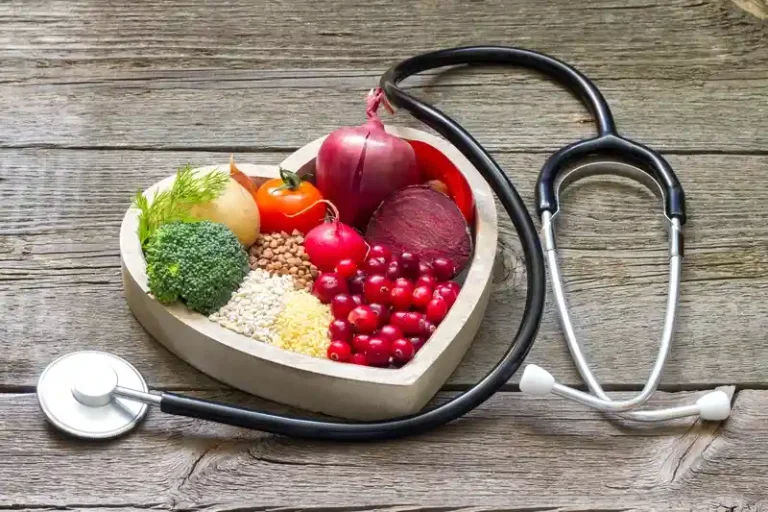Why Does Wine Cause a Stuffy Nose?

Your body creates antibodies to fight the allergen the way it marijuana addiction would a pathogen. Since the main ingredient in beer is barley, you will have to avoid beer on a gluten-free diet or stick with gluten-free beer. If you have a gluten allergy, sensitivity, or celiac disease, you have to follow a gluten-free diet to prevent symptoms. Consuming alcohol in large amounts (alcohol toxicity), can have negative effects on the liver, stomach, brain and mental functioning.
Yeast
- But that’s only one symptom of over-imbibing, says Marino.
- This can result in symptoms resembling allergic reactions, including headaches, nasal congestion, skin flushing, and gastrointestinal discomfort.
- However, some people with Hodgkin lymphoma experience pain in their lymph nodes after consuming alcohol.
- Anaphylaxis is a rare but severe allergic reaction possible with any allergy, including beer or its ingredients.
- Prescription nasal antihistamines can help relieve sneezing, postnasal drip, and congestion.
So you may need skin or blood tests to find out if you have allergic rhinitis. If you find out that you’re allergic to one ingredient, you might still be able to enjoy beer. With a little research and careful label reading, you may be able to find beer that doesn’t contain that particular allergen. You’ll also want to avoid all other products made with that ingredient. If your symptoms are very mild, you may have a food sensitivity rather than a true allergy.
Conditions
If you’re allergic to wine, you may notice that you sneeze more after drinking it. The third type of headache caused by alcohol is a “Delayed Alcohol-Induced Headache” (“DAIH”). These headaches usually occur hours after a patient has stopped drinking, as their blood alcohol level returns to zero.
When to speak with a doctor
Finally, acetate is further broken down into water and carbon dioxide and, voila! Applying a cold compress to your nose will help to soothe the mucous membranes in your nose and reduce inflammation. Alcohol can trigger asthma attacks in patients who have previously been diagnosed with asthma. Alcohol increases urine production, so it’s true that dehydration can often contribute to the hurt of a hangover. Unfortunately, no, says Dr. Ryan Marino, a medical toxicologist and an emergency physician at University Hospitals Cleveland Medical Center.

Sulfites intolerance

An alcohol allergy can occur when a person with an alcohol allergy comes into contact with alcohol, which is also known as ethanol. Red wine tends to have higher levels of histamine than white wine or beer. Aldehyde dehydrogenase (ALDH2) is an enzyme that your body uses to digest alcohol. It turns alcohol into acetic acid, a main component of vinegar, in your liver. Some people have a variant in the gene that codes for ALDH2. In addition, a severe reaction called anaphlyaxis can occur.

Alcohol Allergy
Taking Pepcid before drinking is a popular strategy for preventing the alcohol flush reaction. Pepcid is a histamine-2 (H2) blocker that can reduce symptoms of alcohol intolerance like flushing, allowing people to drink more before their reaction forces them to stop. The most effective treatment is not drinking alcohol at all, or drinking only occasionally and in small amounts.
- Your body needs this enzyme to properly metabolize alcohol and eliminate it from the body, so there’s nothing you can do to prevent or cure alcohol intolerance.
- If your symptoms are very mild, you may have a food sensitivity rather than a true allergy.
- Be aware, however, that labels might not list all ingredients.
- This rhinitis develops with the overuse of over-the-counter decongestant nasal sprays or other medications.
Some people experience allergy-like reactions to sulfites. Some types of sulfites might also trigger an asthmatic attack if you have asthma. Having sluggish ALDH2 enzymes, or lower levels of it altogether, is ultimately the product of having genetic variation in your ALDH2 gene. Specifically, genetic changes that make your corresponding ALDH2 enzyme bad at its job. What’s more is that this genetic variation can be passed down from parent to child, making alcohol intolerance an inherited condition. And since it affects your genes, once you inherit it, you’re stuck with it.
Drinking with alcohol intolerance causes uncomfortable symptoms, and it also puts you at greater risk sneezing while drinking alcohol for a range of potentially fatal diseases. Additionally, taking Pepcid before drinking can pose long-term health risks, like higher rates of esophagus and stomach cancer. So, Pepcid may prevent alcohol flush reaction, but it’s a risky strategy.

Alcohol intolerance is a temporary, but pretty uncomfortable, reaction to alcohol — with nasal congestion and flushed skin being the two most common side effects. It happens if your ALDH2 enzymes (remember those?) aren’t particularly effective at their job, or if your body just doesn’t make enough ALDH2 enzyme in the first place. In either case, the result is less acetaldehyde being broken down into acetate.